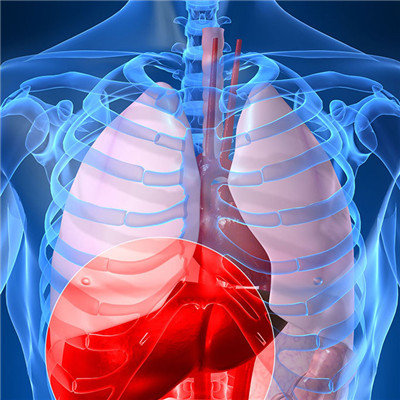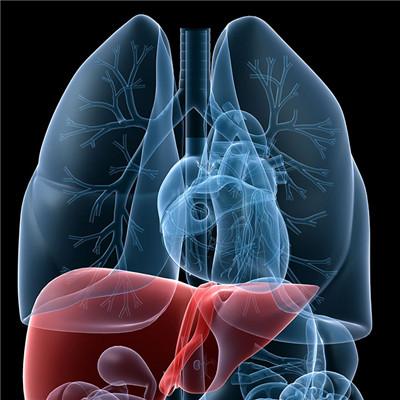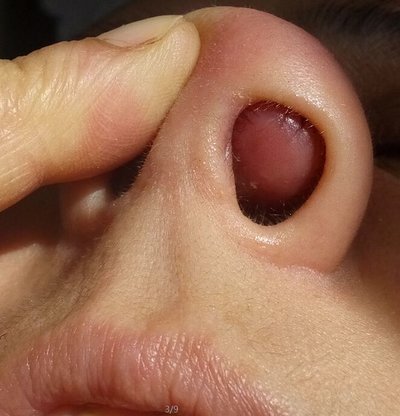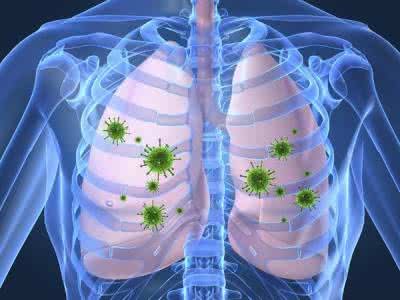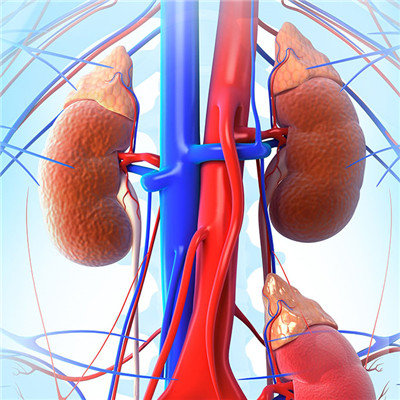What is secondary hyperlipidemia?
summary
Secondary hyperlipidemia refers to those caused by other primary diseases, including diabetes, liver disease, thyroid disease, kidney disease, pancreas, obesity, glycogen storage disease, gout, Addison's disease, Cushing's syndrome, abnormal globulinemia, etc. What is secondary hyperlipidemia? Next, I'd like to share my views with you.
What is secondary hyperlipidemia?
In general, metabolic disorders of chylomicrons (CM) and very low density lipoprotein (VLDL) are most common in patients with insulin-dependent diabetes mellitus, which is related to the severity of the disease. In severe insulin deficiency, especially in patients with ketoacidosis, the above two kinds of lipoproteins were significantly increased, showing type I or V hyperlipoproteinemia. In mild patients without ketosis, there may be no chylomicrons in the blood, and very low density lipoprotein may be normal or only slightly increased (type IV hyperlipoproteinemia). The above metabolic abnormalities were improved after insulin treatment.

Liver disease and hyperlipoproteinemia modern medical research data confirmed that many substances including lipids and lipoproteins are processed, produced, decomposed and excreted in the liver. Once the liver is diseased, the metabolism of lipids and lipoproteins will be disordered. Taking the most common fatty liver in middle-aged and elderly people as an example, it can be seen in clinical observation that no matter what the cause of fatty liver is, it may cause the increase of blood lipid and very low density lipoprotein (VLDL) content, showing type IV hyperlipoproteinemia. In the later stage, the damage of hepatocytes was further developed, the contents of plasma triglyceride and very low density lipoprotein were decreased, and even Hypolipidemia appeared.
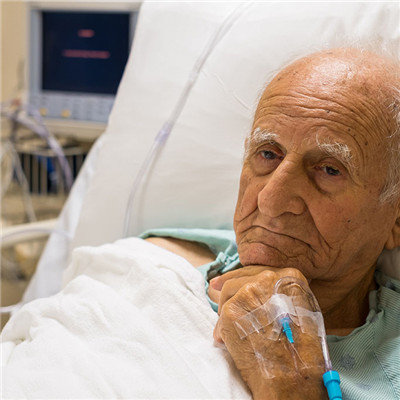
Clinical medical research data of obesity and hyperlipoproteinemia show that the most common secondary cause of obesity is the increase of blood triglyceride content, and the blood cholesterol content of some patients may also increase. The main manifestation is type IV hyperlipoproteinemia, followed by type II B hyperlipoproteinemia.

matters needing attention
Exercise duration before the beginning of each exercise, we should carry out 5-10 minutes of preparatory activities to make the heart rate gradually reach the above level, and then maintain 20-30 minutes. After exercise, it's better to relax for 5 to 10 minutes. At least 3-4 times a week.
